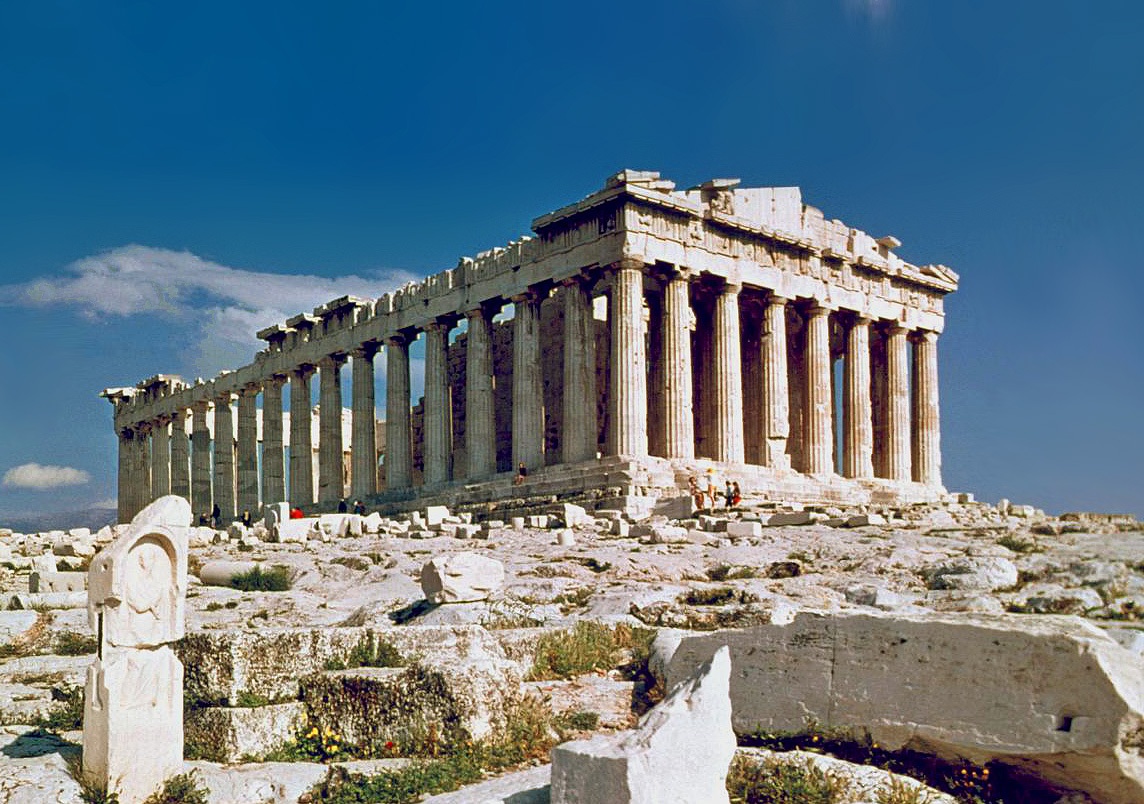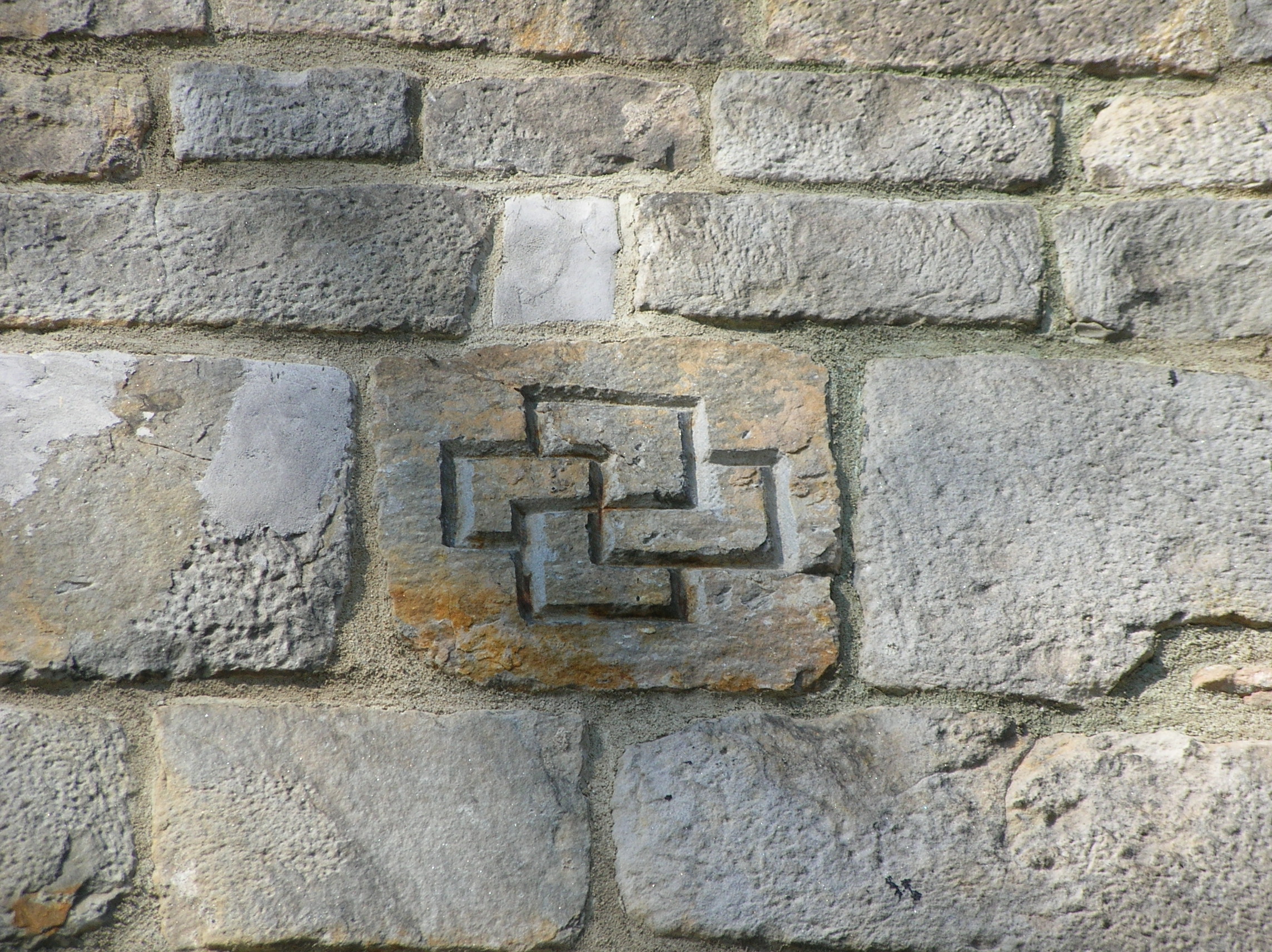|
Karhun Kansa
Karhun kansa ( is a religious community based on indigenous Finnish spiritual tradition. The community was officially recognized by the Finnish state in December 2013. "Karhun kansa" is Finnish for "People of the Bear". The bear, known as Otso, is the most sacred animal in the Finnish spiritual tradition, and said to be the mythical ancestor of all humankind. Karhun kansa is part of Suomenusko ("Finnish Faith"), the contemporary revival of pre-Christian polytheistic ethnic religion of the Finns. Some members of Karhun kansa call their faith 'väenusko' rather than 'suomenusko'. The first part of the term 'väenusko' stems from a Finnish word 'väki', which refers to people, and also both unseen and visible powers that are part of traditional Finnic mythology. Annual festivities A great many rituals are performed throughout the year by Karhun kansa members, and these may vary from one individual and family to the next. Karhun kansa as a community holds four annual ceremonies: ... [...More Info...] [...Related Items...] OR: [Wikipedia] [Google] [Baidu] |
Finland
Finland, officially the Republic of Finland, is a Nordic country in Northern Europe. It borders Sweden to the northwest, Norway to the north, and Russia to the east, with the Gulf of Bothnia to the west and the Gulf of Finland to the south, opposite Estonia. Finland has a population of 5.6 million. Its capital and largest city is Helsinki. The majority of the population are Finns, ethnic Finns. The official languages are Finnish language, Finnish and Swedish language, Swedish; 84.1 percent of the population speak the first as their mother tongue and 5.1 percent the latter. Finland's climate varies from humid continental climate, humid continental in the south to boreal climate, boreal in the north. The land cover is predominantly boreal forest biome, with List of lakes of Finland, more than 180,000 recorded lakes. Finland was first settled around 9000 BC after the Last Glacial Period, last Ice Age. During the Stone Age, various cultures emerged, distinguished by differen ... [...More Info...] [...Related Items...] OR: [Wikipedia] [Google] [Baidu] |
Lehto Association
Lehto is a Finnish surname of Laine type literally meaning "grove". Notable people with the surname include: * Arlene Ione Lehto, American politician and businesswoman * JJ Lehto, Finnish racing car driver * Joni Lehto, Finnish ice hockey player * Katja Lehto, Finnish ice hockey player * Leevi Lehto, Finnish poet, translator, and programmer * Olli Lehto, Finnish mathematician * Pekka Lehto, Finnish film director * Petteri Lehto, Finnish ice hockey player * Rami Lehto, Finnish politician * Reino Ragnar Lehto, Finnish politician * Seppo Lehto Seppo Lehto (born 6 September 1962 in Kuru, Finland, Kuru) is a Finland, Finnish nationalist, currently living in Tampere. The main theme of his activism is the Karelian question in Finnish politics, return of Finnish territories ceded to the Sovi ..., Finnish activist {{surname Finnish surnames of Laine type ... [...More Info...] [...Related Items...] OR: [Wikipedia] [Google] [Baidu] |
Religious Organizations Established In 2013
Religion is a range of social- cultural systems, including designated behaviors and practices, morals, beliefs, worldviews, texts, sanctified places, prophecies, ethics, or organizations, that generally relate humanity to supernatural, transcendental, and spiritual elements—although there is no scholarly consensus over what precisely constitutes a religion. It is an essentially contested concept. Different religions may or may not contain various elements ranging from the divine, sacredness, faith,Tillich, P. (1957) ''Dynamics of faith''. Harper Perennial; (p. 1). and a supernatural being or beings. The origin of religious belief is an open question, with possible explanations including awareness of individual death, a sense of community, and dreams. Religions have sacred histories, narratives, and mythologies, preserved in oral traditions, sacred texts, symbols, and holy places, that may attempt to explain the origin of life, the universe, and other phenomena. Reli ... [...More Info...] [...Related Items...] OR: [Wikipedia] [Google] [Baidu] |
Modern Paganism In Finland
Modern may refer to: History *Modern history ** Early Modern period ** Late Modern period *** 18th century *** 19th century *** 20th century ** Contemporary history * Moderns, a faction of Freemasonry that existed in the 18th century Philosophy and sociology * Modernity, a loosely defined concept delineating a number of societal, economic and ideological features that contrast with "pre-modern" times or societies ** Late modernity Art * Modernism ** Modernist poetry * Modern art, a form of art * Modern dance, a dance form developed in the early 20th century * Modern architecture, a broad movement and period in architectural history ** Moderne, multiple architectural styles ** Modernisme a.k.a. Catalan Modernism * Modern music (other) Geography *Modra, a Slovak city, referred to in the German language as "Modern" Typography * Modern (typeface), a raster font packaged with Windows XP * Another name for the typeface classification known as Didone (typography) * Modern, a ... [...More Info...] [...Related Items...] OR: [Wikipedia] [Google] [Baidu] |
Finnish Paganism
Baltic Finnic paganism, or Baltic Finnic polytheism was the indigenous religion of the various Baltic Finnic peoples, specifically the Finns, Estonians, Võros, Setos, Karelians, Veps, Izhorians, Votes and Livonians, prior to Christianisation. It was a polytheistic religion, worshipping a number of different deities. The chief deity was the god of thunder and the sky, Ukko; other important deities included Jumala, Ahti, and Tapio. Jumala was a sky god; today, the word "Jumala" refers to a monotheistic God. Ahti was a god of the sea, waters and fish. Tapio was the god of the forest and hunting. Baltic Finnic paganism included necrolatry (worship of the dead) and shamanism ( tietäjä(t), literally "one who knows"), and the religion was not always uniform across the areas it was practiced, as customs and beliefs varied during different periods of time and regions. Baltic Finnic paganism shares some features with its neighbouring Baltic, Norse and Germanic pagan beli ... [...More Info...] [...Related Items...] OR: [Wikipedia] [Google] [Baidu] |
Neopaganism
Modern paganism, also known as contemporary paganism and neopaganism, spans a range of new religious movements variously influenced by the Paganism, beliefs of pre-modern peoples across Europe, North Africa, and the Near East. Despite some common similarities, contemporary pagan movements are diverse, sharing no single set of beliefs, practices, or religious texts. Religious studies, Scholars of religion may study the phenomenon as a movement divided into different religions, while others study neopaganism as a decentralized religion with an array of Religious denomination, denominations. Adherents rely on Christianization, pre-Christian, folkloric, and ethnographic sources to a variety of degrees; many of them follow a spirituality that they accept as entirely modern, while others claim to adhere to Prehistoric religion, prehistoric beliefs, or else, they attempt to revive indigenous religions as accurately as possible. List of modern pagan movements, Modern pagan movements are ... [...More Info...] [...Related Items...] OR: [Wikipedia] [Google] [Baidu] |
Finnish Neopaganism
Modern Finnish paganism, also known as Finnish neopaganism or the Finnish native faith (: "Finnish Belief / Belief of Finland"), is the contemporary revival of Finnish paganism, the pre-Christian polytheistic ethnic religion of the Finns. A precursor movement was the ''Ukonusko'' ("Ukko's Faith", revolving around the god Ukko) of the early 20th century. The main problem in the revival of Finnish paganism is the nature of pre-Christian Finnish culture, which relied on oral tradition which may be subject to change over time. The primary sources concerning Finnish native culture are written by latter-era Christians. There are two main organisations of the religion, the "Association of Finnish Native Religion" (''Suomalaisen kansanuskon yhdistys ry'') based in Helsinki and officially registered since 2002, and the "Pole Star Association" (''Taivaannaula ry'') headquartered in Turku with branches in many cities, founded and officially registered in 2007. The Association of Finnish Na ... [...More Info...] [...Related Items...] OR: [Wikipedia] [Google] [Baidu] |
Turun Sanomat
is the leading regional newspaper of the region of Southwest Finland. It is published in the region's capital, Turku and the third most widely read morning newspaper in Finland after ''Helsingin Sanomat'' and ''Aamulehti''. History and profile ''Turun Sanomat'' was launched in 1905 as supporter of the liberal Young Finnish Party. The founder of the paper was Antti Mikkola, a politician and a journalist. It was subsequently owned and managed by Arvo Ketonen and, following his death in 1948, by his widow Irja Ketonen. ''Turun Sanomat'' was one of the conservative papers in the Cold War period. During this period it was one of the Finnish newspapers which were accused by the Soviet Union of being the instrument of US propaganda, and the Soviet Embassy in Helsinki frequently protested the editors of the paper. The paper has been officially politically independent and non-aligned since 1961. It is owned by TS Group. The paper is headquartered in Turku. It is published by TS-Yh ... [...More Info...] [...Related Items...] OR: [Wikipedia] [Google] [Baidu] |
Radio Nova (Finland)
Radio Nova is a radio channel in Finland. It was a major radio industry milestone when it launched in 1997, and at the time, Nova was the only national commercial broadcaster. It was formerly owned by Bonnier and Proventus. Radio Nova was sold to Bauer Media in December 2015. Today, Nova is the most listened to commercial radio station in Finland with its 1,264,000 weekly listeners, reaching 25,6% of the population per week. It specializes in playing popular music for people aged 25–44 and has hourly news bulletins. Nova also has a very strong traffic Traffic is the movement of vehicles and pedestrians along land routes. Traffic laws govern and regulate traffic, while rules of the road include traffic laws and informal rules that may have developed over time to facilitate the orderly an ... image, as in addition to traffic announcements, it broadcasts a traffic-focused program on every Fridays and Sundays called ''Radio Nova Liikenteessä'' ("Radio Nova in Traffic"). [...More Info...] [...Related Items...] OR: [Wikipedia] [Google] [Baidu] |
Ylioppilaslehti
''Ylioppilaslehti'' (Finnish language, Finnish: lit. "Student newspaper") is a Finland, Finnish student magazine founded in 1913. It is the largest student paper or magazine in Finland with a circulation of 35,000 copies. In addition to affairs related to university studies, it covers areas such as culture and social issues. History ''Ylioppilaslehti'' was launched in 1913. In the 1920s and 1930s, during which the student union of the university was in total control of the nationalistic Academic Karelia Society, the magazine often took a stance against the Finland's language strife, Swedish language and Anti-communism, communism. In the post-war period the paper oriented towards supporting Western Bloc, western democracy whilst becoming increasingly left-wing during the Cold War era. Pentti Saarikoski contributed to the magazine from 1959 to 1960. The magazine is published by a private company ''Ylioppilaslehden kustannus Oy'' that is owned by the Student unionism in Finland, Stu ... [...More Info...] [...Related Items...] OR: [Wikipedia] [Google] [Baidu] |
Iltalehti
''Iltalehti'' (literally "Evening newspaper") is a tabloid newspaper published in Helsinki, Finland. History and profile ''Iltalehti'' was established in 1980 as the afternoon edition of the newspaper '' Uusi Suomi''. The Helsinki-based Alma Media is the owner of ''Iltalehti.'' Its sister newspapers are ''Aamulehti'' and ''Kauppalehti''. ''Iltalehti'' is published in tabloid format six times per week. Petri Hakala served as the editor-in-chief of ''Iltalehti''. On 1 September 2010 Panu Pokkinen was appointed to the post. His term ended in December 2013 when Petri Hakala was reappointed to the post. Circulation The circulation of ''Iltalehti'' was 105,059 copies in 1993. The 2001 circulation of the paper was 134,777 copies, making it the fourth most read newspaper in Finland. In 2002 ''Iltalehti'' had a circulation of 132,836 copies on weekdays. The circulation of the paper was 126,000 copies in 2003, making it the fourth best selling newspaper in the country. The circulation ... [...More Info...] [...Related Items...] OR: [Wikipedia] [Google] [Baidu] |



